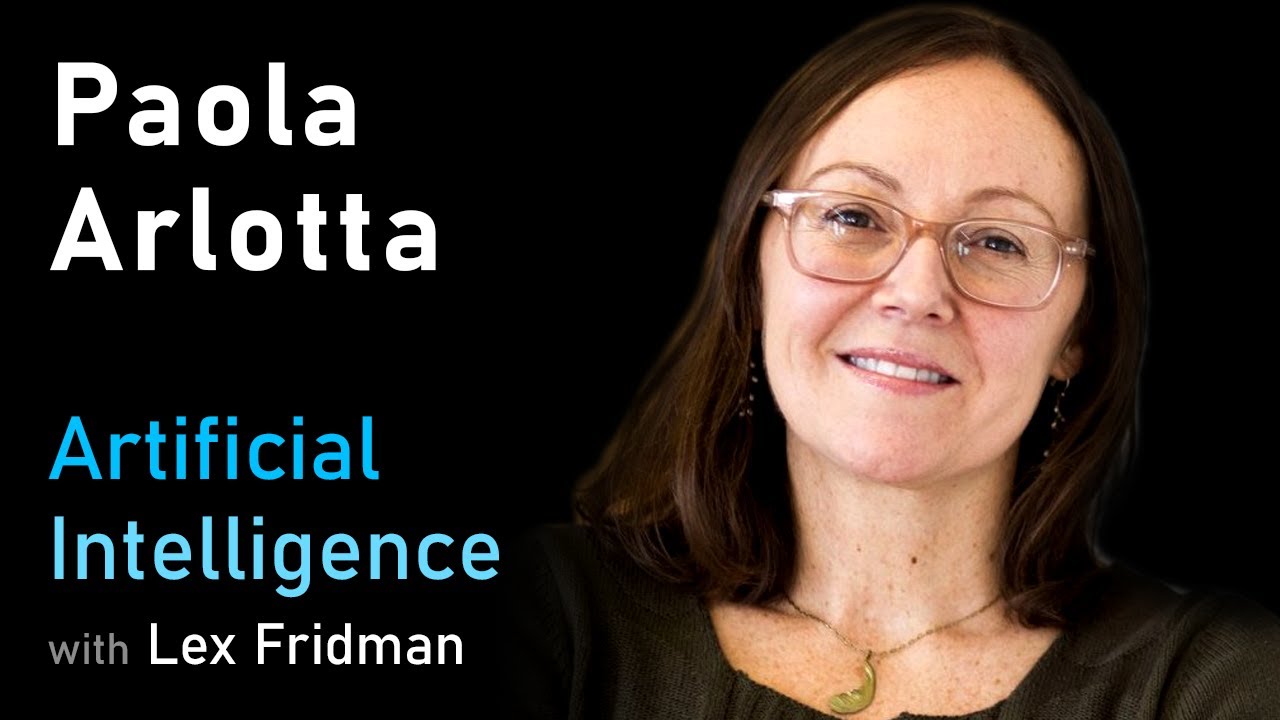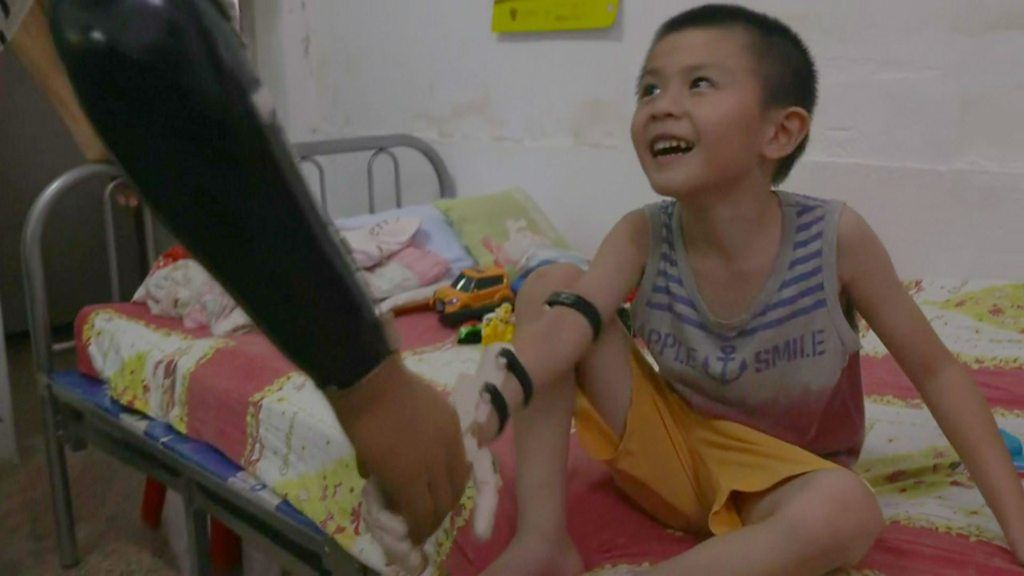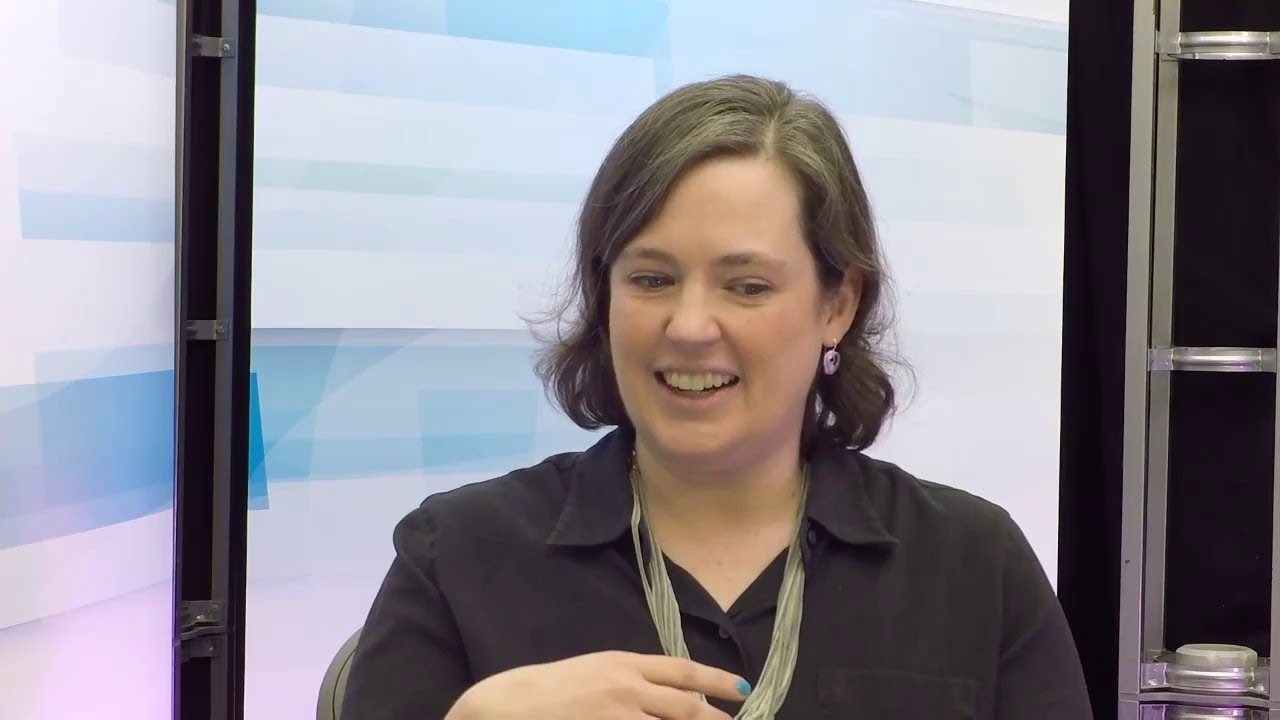Lex Fridman
Paola Arlotta is a professor of stem cell and regenerative biology at Harvard University. She is interested in understanding the molecular laws that govern the birth, differentiation and assembly of the human brain’s cerebral cortex. She explores the complexity of the brain by studying and engineering elements of how the brain develops.. This conversation is part of the Artificial Intelligence podcast.
INFO:
Podcast website: https://lexfridman.com/ai
YouTube Playlist: http://bit.ly/2EcbaKf
EPISODE LINKS:
Arlotta Lab Web: https://hscrb.harvard.edu/res-fl-arlotta
Arlotta Lab Twitter: https://twitter.com/arlottalab
OUTLINE:
0:00 – Introduction
1:05 – How unlikely is the human brain?
5:28 – Brain development process
20:08 – Nature vs nurture, hardware vs software
22:38 – Brain organoids
36:40 – Our place in the history of understanding the brain
39:45 – Building a human brain
42:45 – Ethics
49:02 – Lessons from raising kids
52:14 – How has studying the brain changed your understanding of self?
54:08 – Merging with AI
CONNECT:
– Subscribe to this YouTube channel
– Twitter: https://twitter.com/lexfridman
– LinkedIn: https://www.linkedin.com/in/lexfridman
– Facebook: https://www.facebook.com/lexfridman
– Instagram: https://www.instagram.com/lexfridman
– Medium: https://medium.com/@lexfridman
– Support on Patreon: https://www.patreon.com/lexfridman
Source




This is so fascinating and I really appreciate their enthusiasm and passion
1:30 I would argue that the development of the complex brain capable of toolmaking has happened twice, completely independently, on Earth. The peaks of those paths are primates represented by human and and cephalopods represented by octopus. (One could argue that some birds also exhibit toolmaking skills, but they would not qualify as independent as the common ancestor of the amniote clade had a well developed nervous system).
Relating to the Fermi paradox, 2 is way more than 1.
The divergence between these paths was the protostome/deuterostome fork, which developmentally manifests at 8 cells, way before anything resembling a complex nervous system. Hence can be regarded as independent.
Although octopuses have not reached the level of humans (i.e. they don't, to our knowledge, have a space program), they are comparable to primates (aside from social context). So the right set of environmental pressures would do it (perhaps something like the current anthropogenic mass extinction). For the human path, this phase shift happened less than a million years before space travel.
Opposable thumb vs. tentacle? I'd put even money on the tentacle.
Amazing conversation! It stimulated this pipe dream in me:
Can an organoid be coaxed into integrating into a living brain?
Can an organoid be grown on a neural interface scaffold, such that rudimentary interfacing starts in-vitro?
If a yes can be found for those two questions, can a high bandwidth BMI be grown in-vitro from host stem cells and then implanted?
Paola really knows things of Brain development, very clear & logical mind expression. I didn’t expect much before watching this conversation, but I’m impressed now. We’ll done, LEX.
One of the best and most engaging interview so far. Thanks for your continued efforts on this front Lex.
I haven't expected neuroscience can have so much in common with a field of AI. How much we can learn from the human brain and human evolution. As well as how the future of brain evolution will look like. The talk inspires to dig deeper into neuroscience: to understand better human nature, to steal some ideas from nature, to better understand myself.
This is the sexiest brain I have listened in a very long time.
Amazing conversation, but dude, you look super tired! Get some sleep! 😀
damn man! i support you from México!
This dude reminds me of jehova witness. Never the less a fine gentleman.
You deserve so much more recognition for your work. Thank you for the great content Lex.
I think Lex is an AGI and he's doing these interviews to gather data on all the humans that could possibly stop him from developing.
What an amazing conversation! Excellent questions and excellent answers.
Where’s your btc address
Wow, she looks so happy talking about her children. What an incredible person!
Thanks for this one, very enlightening
Lex youre a beast. I cant stop watching. I just changed my major in my 6th semester from healthcare to CSE and mechanical engineering. Youre guests are so eclectic. Thats the key to being great and making great advancements. Ironically the same plasticity and adaptability that make our brains ssubject to evolutionary forces providing us with survival advantages, that same concept works with your podcast and general heuristic strategy. Hows that for recursion? Lol. Basically, the more eclectic your guest line up, the broader your reach within the parameters of ideas. Progress stalls when the perameters of new ideas dont meet the needs for developing new ideas of complex interdependence. If your field of vision is too narrow you can't find broader solutions. If you can only see a field of 90 degrees, you'll never connect two dots 135 degrees apart. By having an eclectic guest line up from different backgrounds you can connect the dots between broad fields. Aka general science. The beauty of the internet is that were all connected now and only limited by personal bias. Our strength lies in objectivity and flexibility that reflects the natural tendency of our brains to adapt to eclectic interdependent new solutions. Youre the man.
Actually, there were several types of humanoids like Neanderthals, and Humans. Actually, Neanderthals weren't stupid either. They had tools advanced for the time period. Fire, and they buried their dead. A lot of European's have Neaderthal DNA in them. As well as human DNA. We're the last of humanoids.
The rest are extinct. When will our time be up?
Are there any self replicating and improving the next generation Neuralnets? And are there any merging Neuralnets that merge with other neuralnets and other types of software programs?
Dr. Wahl's protocol or a vegetarian diet should increase myelin.
Lex, do neuralnets have plasticity in their deep learning? i mean like do node connections ever switch?
is that even possible?
i know artificial neurons are a thing. But are artificial glial cells a thing? what are the difference in cellular function? do they have artificial mitochondria and artificial endoplasmic reticulums? and other artificial cellular organelles? would it be possible to make an weak AI to automate production of neuralnets made of Artificial neurons.
just heard someone breathing on my headphones. Who is listening in? Hi! say Hi! back please. Weird. Silence. Who watches the watchers?
Quis custodiet ipsos custodes?
Study epileptics and the effects brain damaged. In order to learn about the compartmentalization of the brain like Peter Fenwick did. He's a neuropsychiatrist. Drugs won't work. They're mitochondria toxic. Worsening mitochondrial disease is a possiblity of treatment with Drugs, hit and miss prescriptions without biocompatibility testing is barbaric and a hazard towards mitochondrial disease patients. Don't treat non-normies with normie treatments. They make us worse. mtDNA 3243 A to G mutations in some of my cells are affected.
Watch Akira to find out about the next brain in human evolution. Telekinesis and telepathy. Communicate like biomechanic Zeta Reticulans
with your mind. Meditate. Study the quantum mechanical effects of Meditatation. Make machines that will give humans a boost in meditation and quantum mechanics in the brain. but first we must know what if any quantum particles are being used in the brain.
Trump's brain formed completely in 20 min.
shes a hottie
Orgonoids, Nano Technology and Artificial Intelligence mazor spine robotic surgery for Spine Injury for L5-S1 Herniated Disc.?
I love Human beans 😀
really enjoyed, many thanks
Very interesting thank you
Wow what a lovely lady